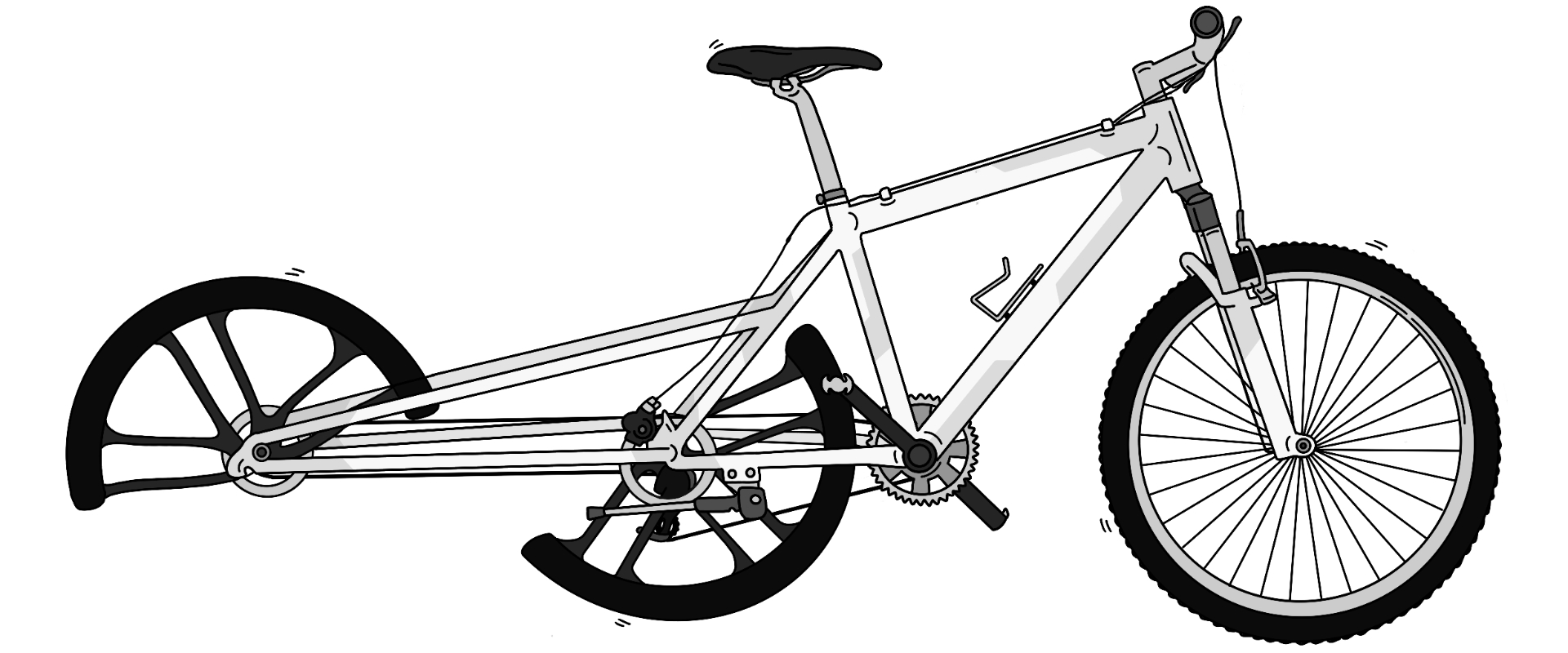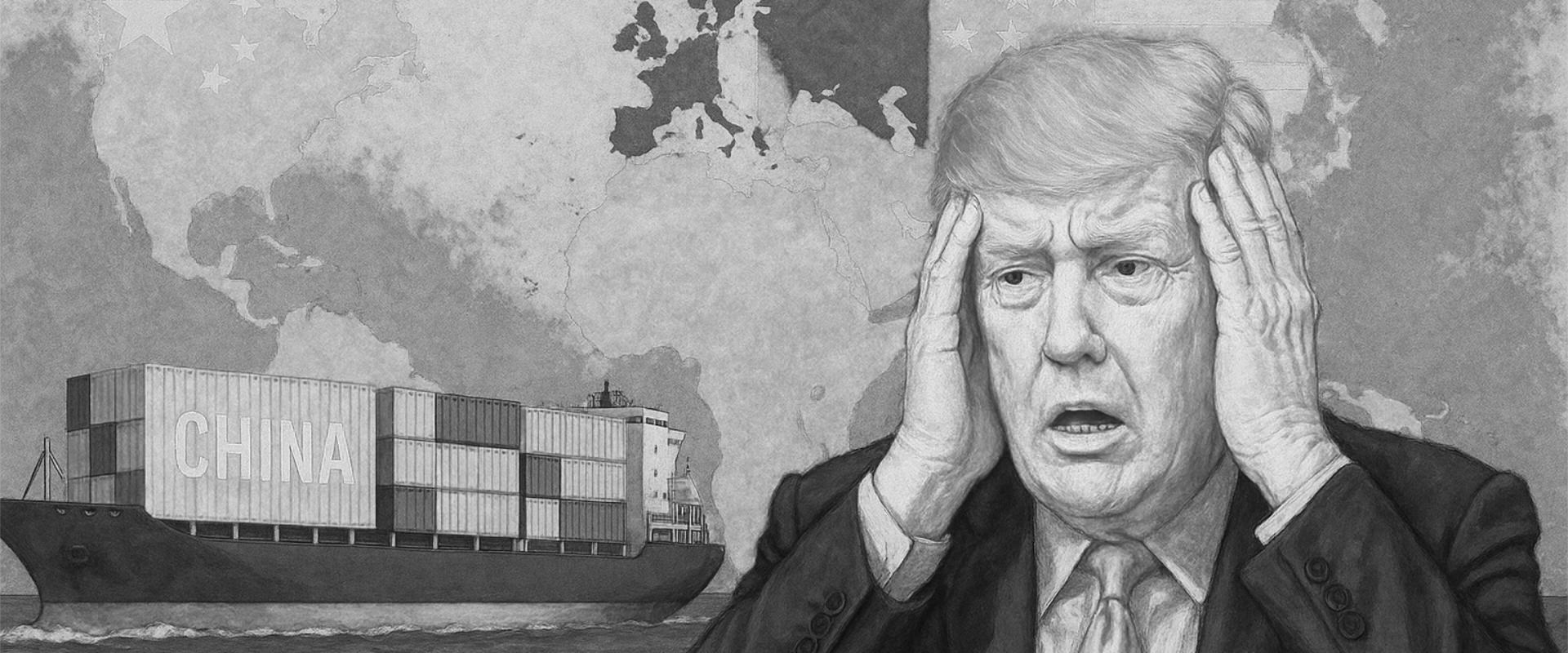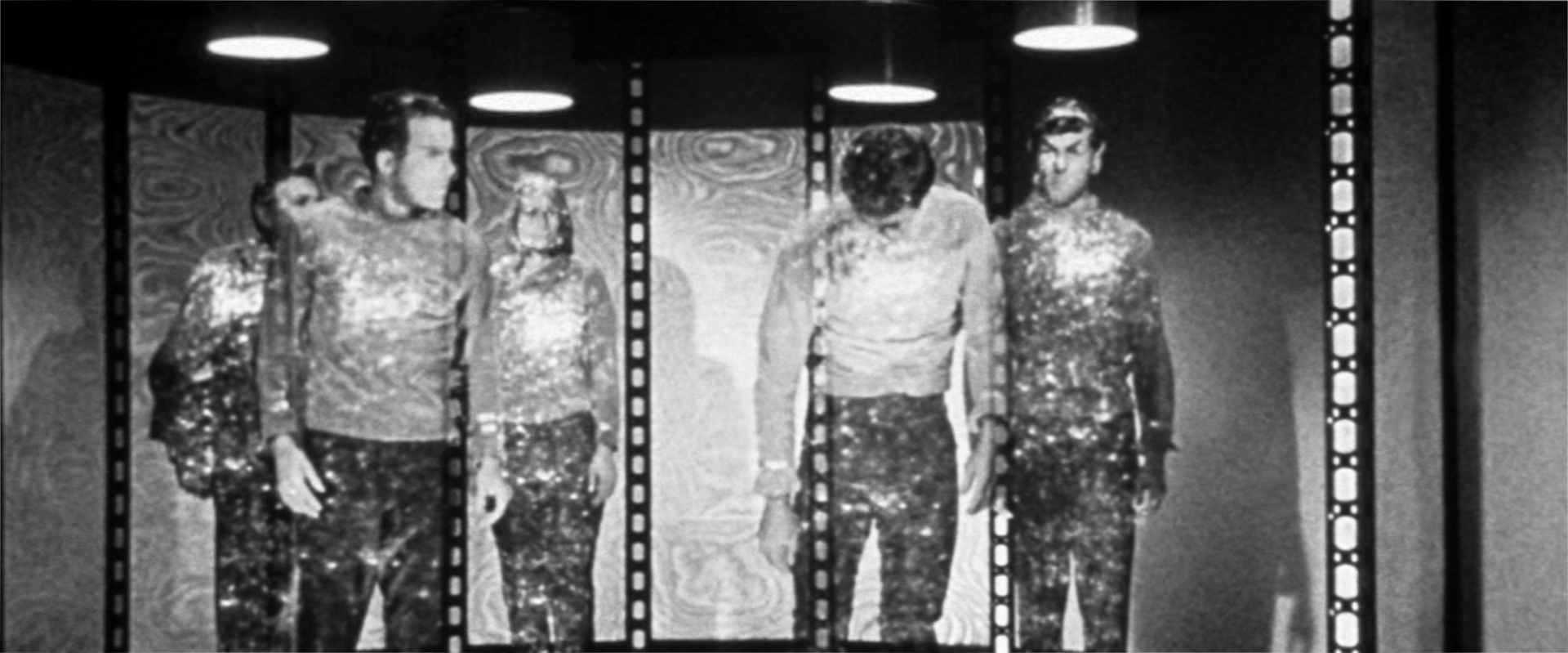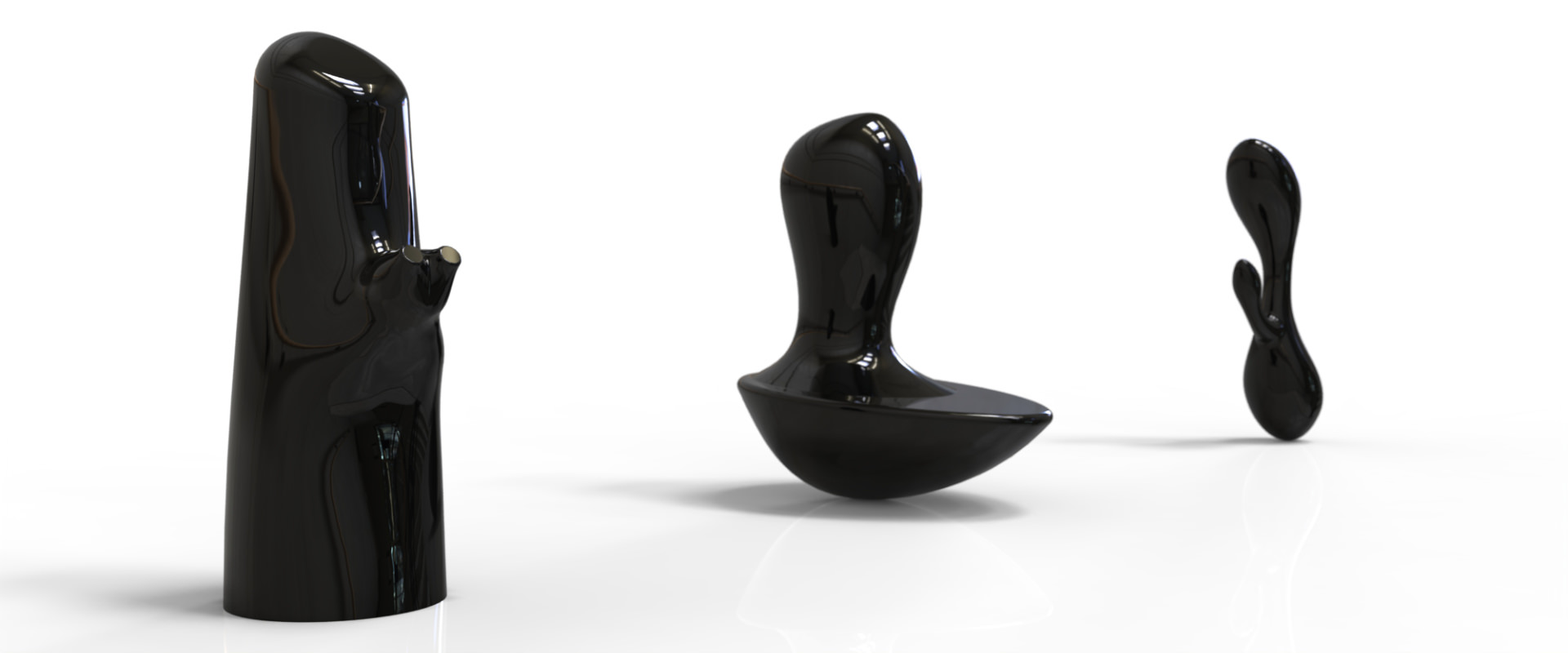We’re witnessing a historic shift in industrial and product design. Artificial Intelligence is stepping out of the lab and into the studio, bringing with it promises of automation, optimization, and mind-blowing speed. CAD software now autocompletes, generative tools sketch hundreds of iterations in seconds, and market-fit analyses are driven by predictive models.
It feels like a revolution.
But here’s the truth designers need to hear: AI is brilliant at improving what already exists — and almost useless when faced with the unknown.
Let’s unpack that.
AI Is a Master of Patterns, Not Possibilities
AI is, at its core, a pattern recognition engine. It learns from the past — images, objects, preferences, metrics — and creates variations based on that data. Feed it 10,000 examples of phone stands, and it will generate the most ergonomic, optimized, cost-effective phone stand the market has seen.
But ask it to design a new category of object — something that hasn’t existed, with a use case no one has imagined — and it stumbles. Not because it’s slow or inefficient, but because there’s no pattern to draw from.
Innovation requires creative intuition. Risk. The ability to say “What if we didn’t need a phone stand at all?”
AI doesn’t do that. Humans do.
The AI Advantage: Redesigning the Wheel, Better and Faster
Let’s not downplay the upside. For designers working on existing products, AI is a godsend:
- Rapid iteration: From form factors to color palettes to structural variations.
- Simulation & testing: AI can stress-test components, simulate usage conditions, and even forecast failure rates.
- Supply chain integration: AI optimizes for material availability, cost, and logistics in real time.
This makes AI indispensable for incremental design — that is, making better versions of things we already know. Think appliances, packaging, seating, or car interiors.
If your job is to redesign rather than invent, AI will become your co-pilot — or, in some cases, your competitor.
The Innovation Gap: Where AI Can’t Follow
But when it comes to designing what doesn’t exist yet — speculative products, disruptive objects, entirely new user behaviors — AI becomes less useful, and sometimes dangerously misleading.
Because:
- It can’t think laterally: AI explores within the box, not outside it.
- It doesn’t challenge the brief: It fulfills it.
- It doesn’t dream: It remembers.
Designers who create cultural shifts, new rituals, or interface paradigms don’t ask AI what the answer is — they shape the question themselves. These designers thrive not on precedent, but on provocation.
A new type of musical instrument, a tactile language for the visually impaired, or a social object that connects isolated communities — these are not optimizations, but inventions. And AI, for all its power, lacks the human irrationality to conceive them.
A Future of Dual Speed: The Machine and the Mind
The future of design will split into two speeds:
- The Fast Lane – AI-driven, data-rich, efficiency-focused. This is where everyday objects are optimized endlessly. Think toothbrushes, chargers, packaging, interface tweaks.
- The Wild Unknown – Human-led, intuition-driven, culturally disruptive. This is where innovation thrives, unbound by precedent or dataset.
And guess what? We need both.
The designer of tomorrow won’t compete against AI — they’ll know exactly when to partner with it, and when to leave it behind to walk off into uncharted terrain.
AI Will Evolve What Exists. You Will Invent What Doesn’t.
If you’re an industrial designer fearing AI, ask yourself:
Am I designing the future, or just designing in it?
Because while AI will automate the craft of shaping known things, the soul of design — the messy, poetic, unreasonable drive to create something never seen before — remains deeply, defiantly human.
What’s your take? Are you using AI in your design process? Or do you believe true innovation still belongs to people? Let’s talk in the comments





